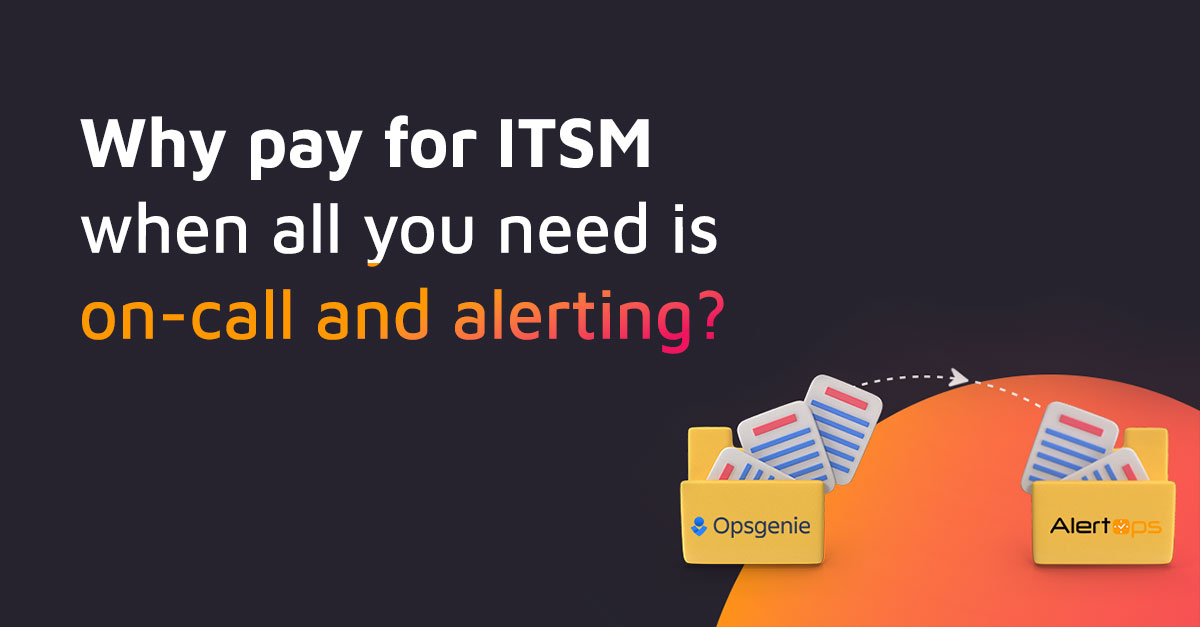IT service management (ITSM) and DevOps teams are responsible for identifying incident management issues as quickly as possible. Yet the sheer volume of incident management alerts sometimes can be overwhelming. And in many instances, teams bombarded with incident management alerts may suffer “alert fatigue.” Alert fatigue affect teams when it receives a high volume of incident management alerts in a short period of time
In this scenario, team members may become desensitized to incident management alerts – even high-priority notifications. Perhaps even worse, alert fatigue may lead a team to ignore incident management notifications altogether.
Ultimately, alert fatigue can cause many problems for a company, and these include:
- Reduced Productivity: If a team does not respond to a system outage, extended downtime may occur, resulting in reduced productivity across a business.
- Revenue Losses: The longer an incident management issue goes unaddressed, the more likely it becomes that the problem will put a dent in a company’s bottom line.
- Brand Reputation Damage: A company that fails to instantly respond to incident management problems risks long-lasting brand reputation damage. The problems associated with alert fatigue can add up quickly. As such, businesses must do everything they can to stop alert fatigue before it’s too late.
Now, let’s take a look at five ways to reduce or eliminate alert fatigue:
1. Provide Contextual and Actionable Alerts. Empower teams with timely, relevant and accurate incident management alerts. By doing so, a company can make it easy for team members to effectively respond to an incident.
2. Eliminate Redundancy. Focus on reducing or consolidating incident management notifications. That way, a company can limit the risk of team members receiving ongoing notifications about the same incident management issue.
3. Make Team Members Accountable for Their Actions. Real-time messaging tools make incident management notifications visible across a team. A company that uses these open communication tools can encourage team members to take ownership over incident management notifications and work together to find the best solutions.
4. Ensure the Right Team Members Are Notified. What good is an incident management alert if it goes to the wrong person? With the right incident management notification tools in place, a company can guarantee the right team members are notified about incident management issues.
5. Strive for Continuous Improvement. Alert fatigue can occur suddenly and without notice. However, a company that tracks a team’s incident management responses and provides actionable feedback can prevent alert fatigue both now and in the future.
When it comes to alert fatigue, it pays to use AlertOps. Our incident management system features rich alerting capabilities to guarantee notifications reach the right people every time. Plus, with our real-time collaboration capabilities, team members can use Slack and HipChat to stay up to date about an incident management issue and resolve it immediately.



